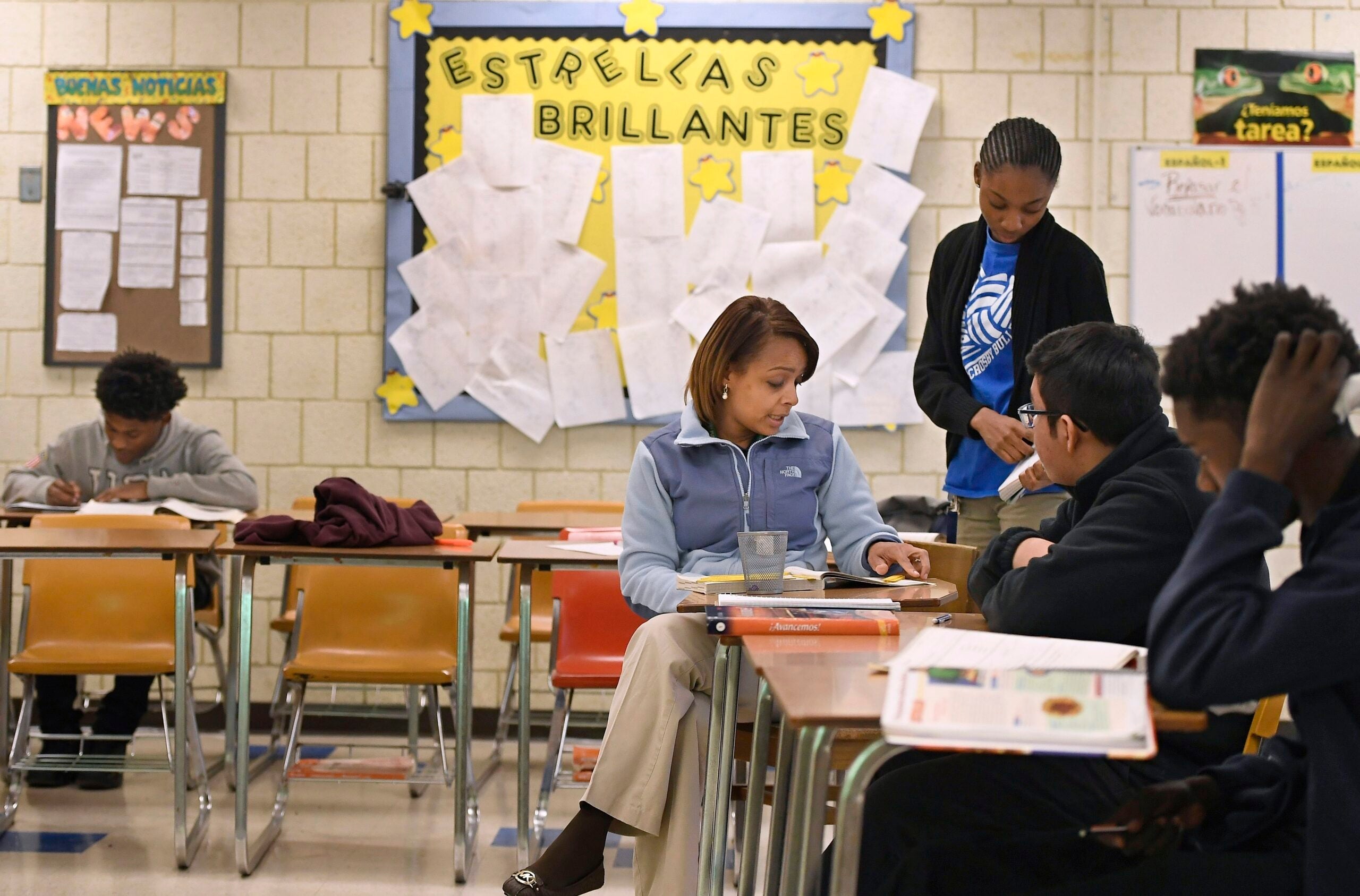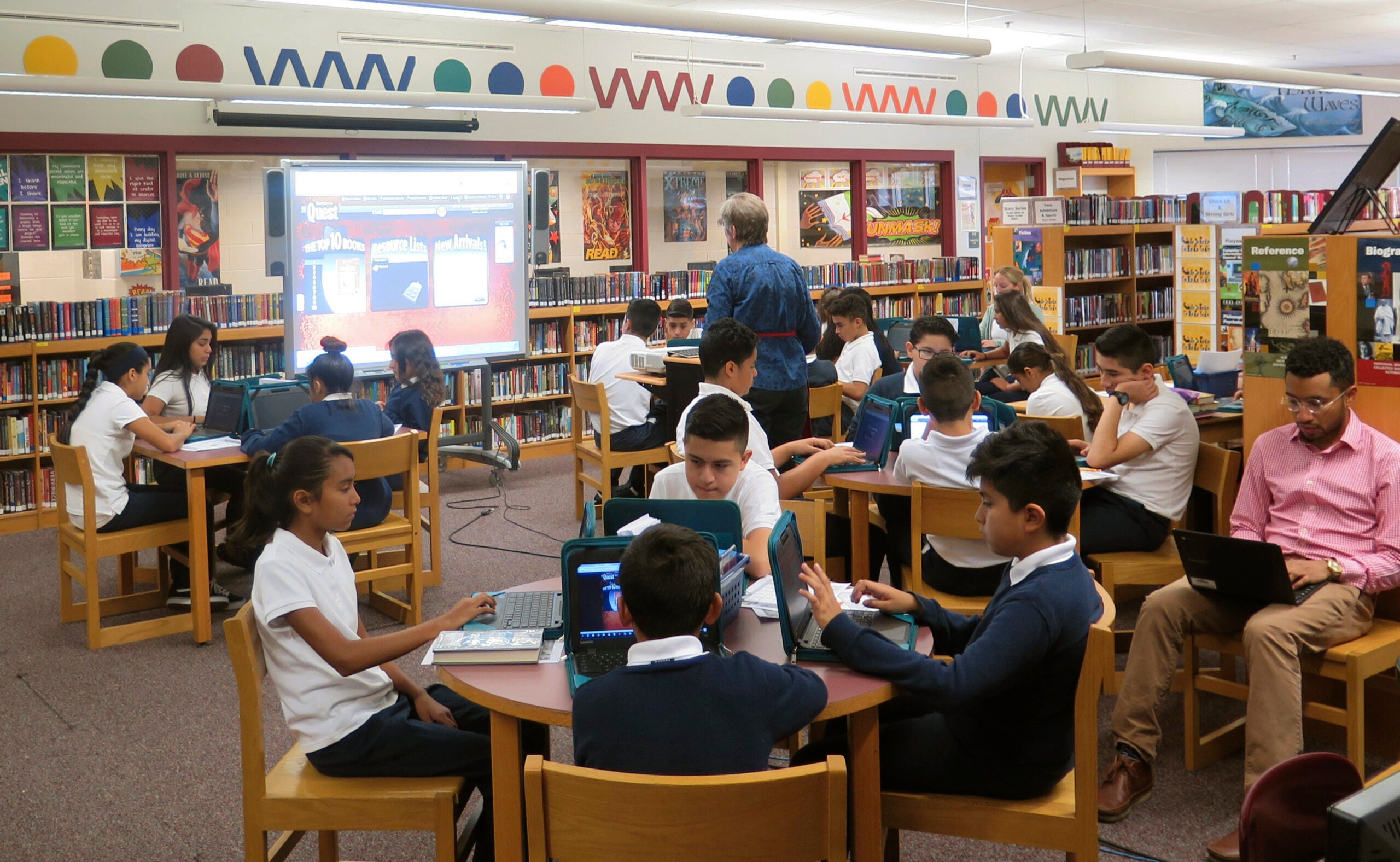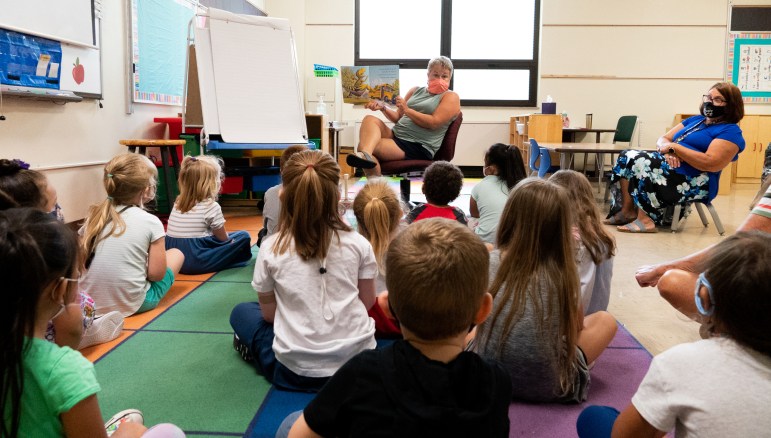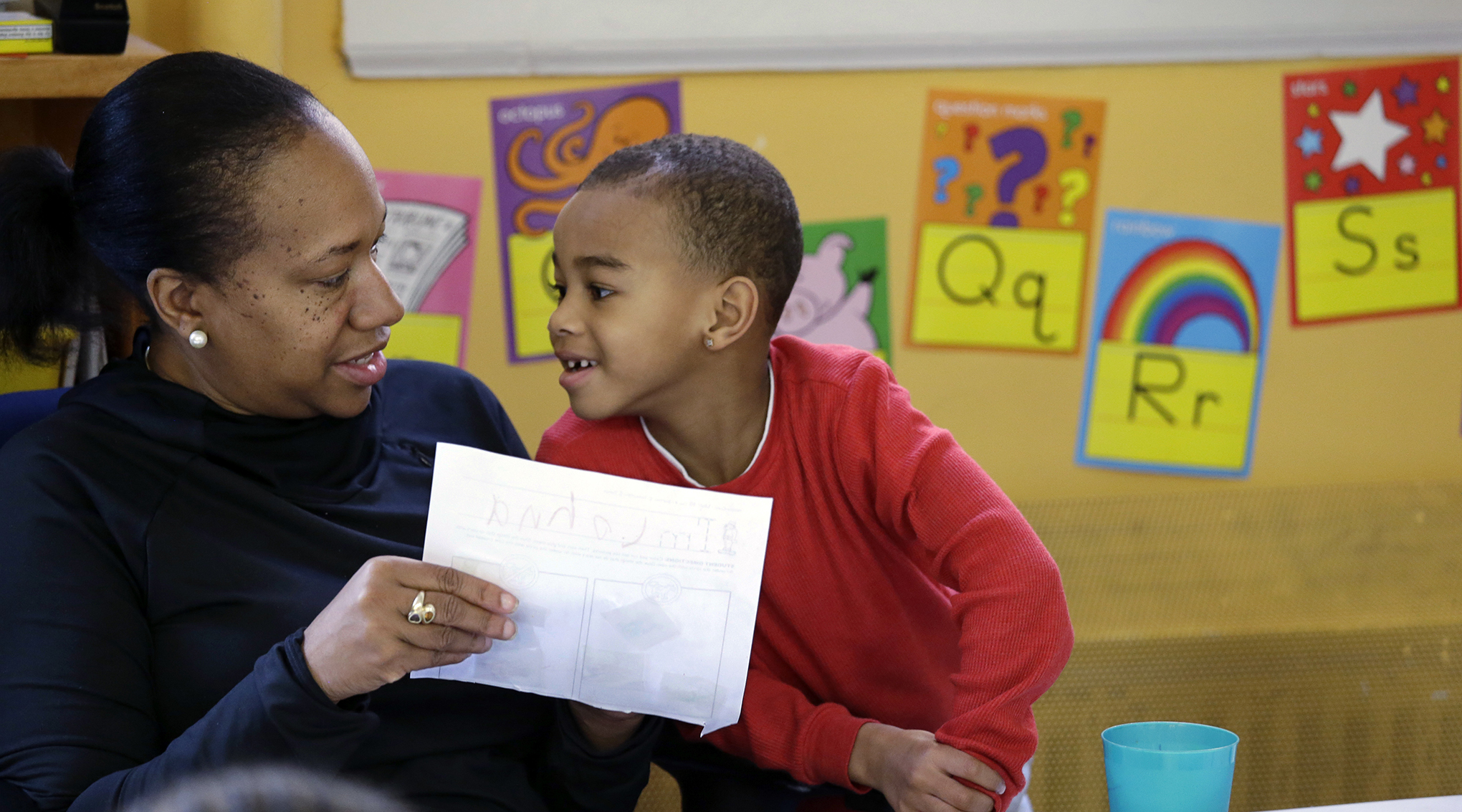A Legislative Fiscal Bureau memo released by a Democratic lawmaker shows Wisconsin’s public school districts have seen a four percent drop in general aid payments since Gov. Scott Walker took office. But, the governor’s office said there’s more that makes up the school funding pie.
The memo outlines that the state allocated nearly $4.5 billion in general aid to the state’s public schools during the 2010-11 school year, whereas school districts received roughly $4.3 billion in general aid in the 2015-16 academic year.
Walker spokesman Tom Evenson said in a statement that the memo doesn’t reflect increased funding for public schools through categorical aids to districts.
Stay informed on the latest news
Sign up for WPR’s email newsletter.
“Gov. Walker used categorical aids to increase funding to schools in the past three budgets and also increased general school aids,” Evenson wrote. “Gov. Walker’s goal is to increase the state’s commitment for K-12 public schools again in the next budget. In addition, Gov. Walker has provided additional state support for rural schools through the sparsity aid and the high-cost pupil transportation programs.”
Evenson said categorical aids to districts have increased every year since Walker took office, totaling $1.6 billion in the current biennium. He said that combined with general aid payments, funding is at $5.4 billion—more than what was spent under Gov. Jim Doyle during his last year in office.
Wisconsin Department of Public Instruction spokesman Tom McCarthy said other funding structures have been put in place to support schools, including categorical aids.
“Schools rely on all sources of funding and it’s important that you look across all of them and figure out what’s actually going on at the end of the day and how much schools have to spend,” McCarthy said. “I think, in general, there’s been tightening of the belt for public education over the time period that we’re talking about here.”
Restrictions on revenue limits have tied the hands of school districts looking to raise more for their operating budgets through their local property taxes. State Sen. Janet Bewley, D-Ashland, who requested the memo, said any increase in categorical aid has been offset by reductions to general aid.
“The money doesn’t go to the schools,” she said. “If you give a school district a certain amount of funding that exceeds their levy limit, what they will do is reduce property taxes by that amount so they will stay flat.”
Bewley said she requested the numbers to let voters and lawmakers know the impact education cuts have had on schools.
“We’ve got to make sure people are aware of, not only how harmful the cuts can be, but how irresponsible the legislature and the governor can be if they are to continue with these tax cuts that prevent us from funding our schools in the way that they should,” Bewley said.
The northern Wisconsin lawmaker specifically targeted the state’s manufacturing tax credit. The tax credit drew criticism in recent months after another Legislative Fiscal Bureau memo showed that 11 individual income tax filers will receive 10 percent of the state’s tax credit for manufacturers. Some Democrats argue the tax credit is a giveaway for millionaires, rather than an incentive to promote job growth.
The governor’s office argues the state is spending more on public education in this biennium—around $12.7 billion—than it did under Doyle. That figure includes another piece of the school funding pie: the property tax credit. The school levy tax credit generally benefits school districts with higher property values.
In the statement, Evenson added that schools are still seeing millions in savings through increased employee contributions to insurance and pension plans due to Act 10, which is keeping money in the classroom where it belongs.
Wisconsin Public Radio, © Copyright 2024, Board of Regents of the University of Wisconsin System and Wisconsin Educational Communications Board.






